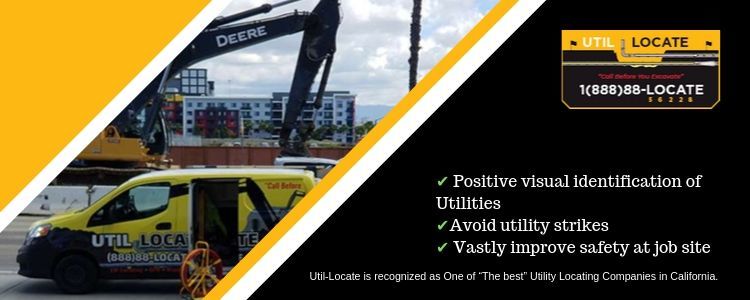Surveying a construction site is not only a necessity; it is an accepted and recommended practice for several reasons. Among the most urgent is the safety of the construction workers, along with the integrity of the structure and works built at the location. Also high on the priority list is keeping the grounds intact and free from unnecessary damage or navigational hazards.
Excavation is one of the most expensive things a construction company can do. Moving tons of earth from one place to the next is a non-trivial undertaking. What’s more, leaving deep holes, trenches, and other impassable obstacles behind can be a major safety hazard to say nothing of their effect on future building. The good news is there has been a better way to do things available to contractors for some time. It’s called vacuum excavation. If you haven’t taken advantage of it yet, you will be quite surprised at what it can help you accomplish.
What is Potholing?
Suppose you need to dig at a construction site to determine if there are any hidden underground hazards, pipes, electrical lines or other obstacles. What is the better option?
- Breaking out the shovels and pickaxes and hoping you don’t break something as you descend into the darkness
or
- Using a high-tech method that allows you to simply remove dirt and rocks and then replace them later
Potholing for Utilities is the second and best method. It is being used more and more by construction companies and contractors to help locate facilities that might otherwise be damaged if not located beforehand.
Time Savings
Key to any construction project is the ability to save time and expense, both for the contractor and the client. When it comes to safety and the regulatory requirements of checking before digging, anything that increases the efficiency of the process is going to be an obvious priority. This is one of the reasons vacuum excavation services has become so popular so quickly.
The equipment itself is self-contained and operates on the simple principle it is possible to remove mud with a sufficiently strong vacuum and then replace it by reversing the pressure. Since no blades or bits are hitting the ground or anything underneath it, the potential for damage is practically non-existent. Further, once the earth is replaced, the process of drying causes it to set very much like cement, leaving almost no evidence any digging.
Practical Efficiency
Since in some states digging near a marked safe zone is prohibited by regulation, air and hydro excavators have become the go-to tools. These processes are considered “non-destructive” and are therefore recommended to avoid expensive accidents, not to mention the possibility of interrupting local utilities like electricity or water service.
When the possibility of hitting a gas line is taken into consideration, what might once have been a good recommendation becomes a necessity. Vacuum excavation is the correct choice in most construction contracting, and it is a safe choice when it comes to preserving utilities and underground lines.

